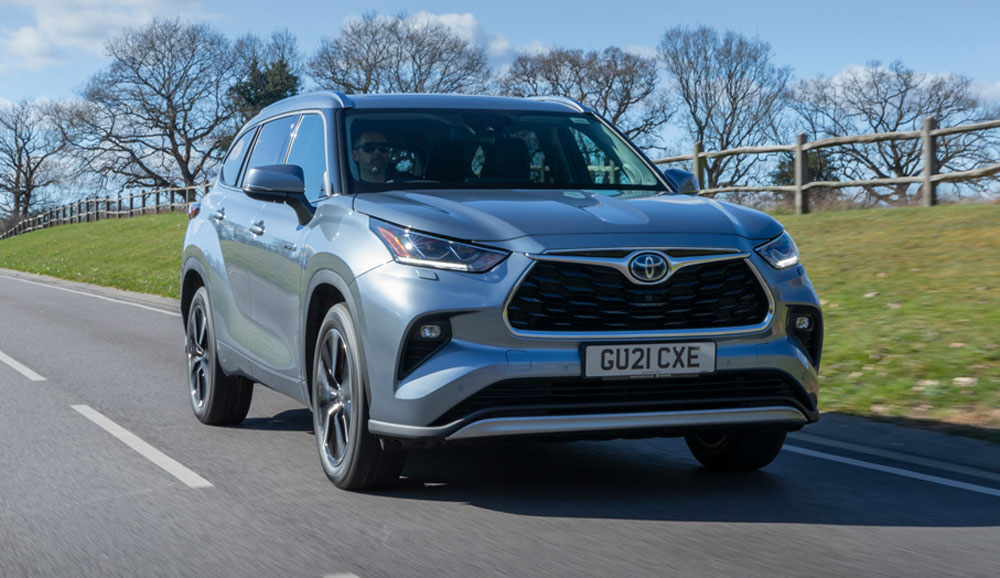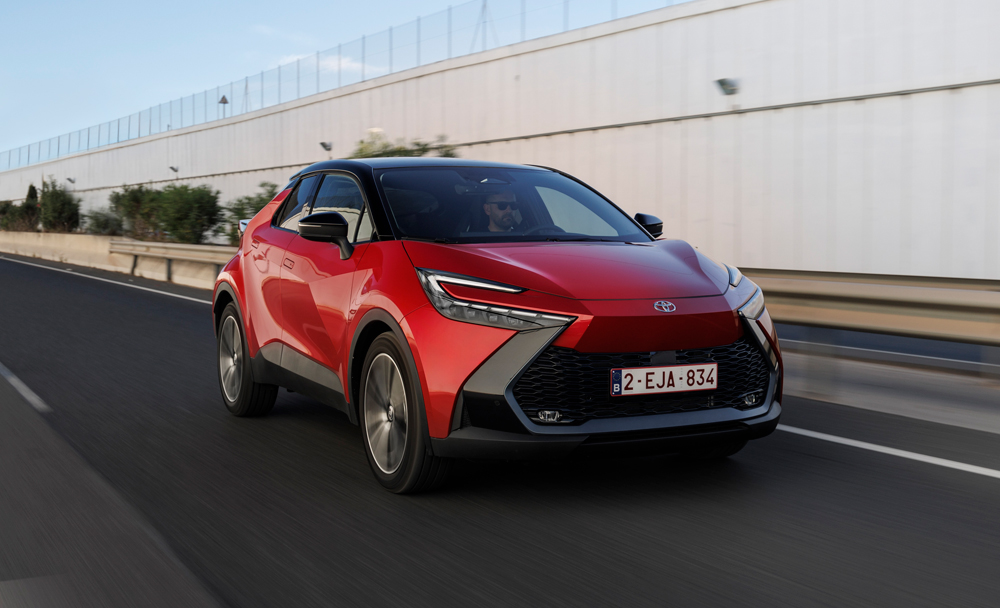
Toyota
C-HR
Featuring a sculptured and eye-catching design, the Toyota C-HR is an instant attention-grabber on the compact SUV scene. It has a gemstone theme running throughout and is packed with technology. Now in its second generation.
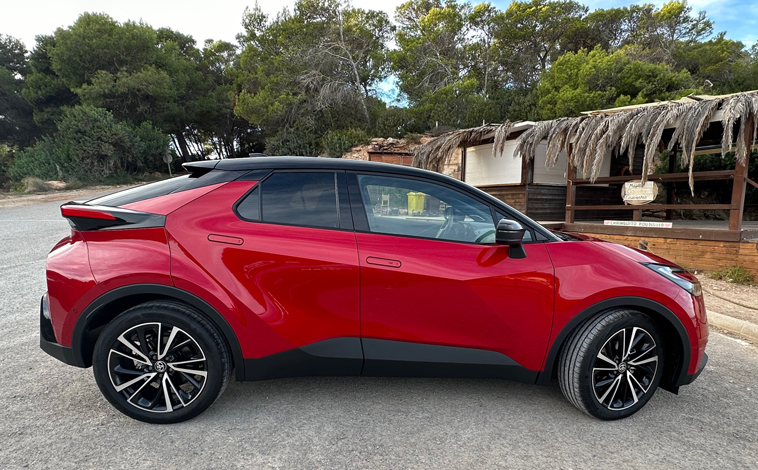
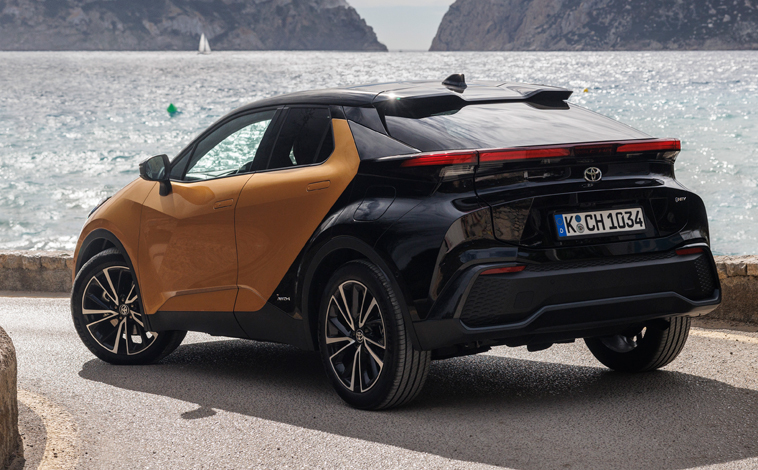
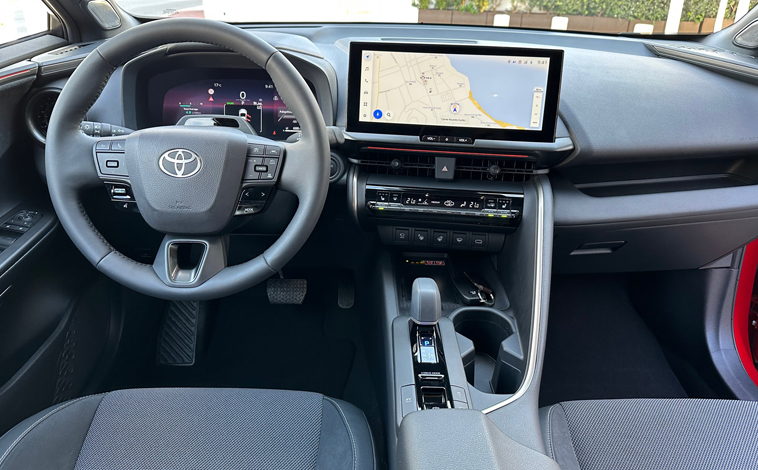
The good
Looks, style, quality and running costsThe bad
CVT transmission can be noisy at timesTech Specs
Test Drive
Toyota C-HR Second Generation – First Drive (2023)
If you consider everything in your life to be a little bit beige and don’t like to stand out from the crowd, then the Toyota C-HR is probably not the car for you.
That’s because the five-door, coupe-styled SUV is anything but normal in its styling with lots of angles thrown into the mix, whereas rival designers err towards the cautious with smooth and gentle lines.
And now, with the option of bi-tone colours, the all-new second-generation C-HR is guaranteed to make a splash.
The vehicle was first launched back in 2016 and it became an instant success notching up 840,000 European sales, of which 60 per cent were conquest sales from other brands.
Now, Toyota aims to continue the C-HR’s success story and the latest model certainly raises the bar in this ever-changing sector.
With prices starting from £31,290, customers can choose from trim levels called Icon, Design, GR Sport and Excel. A limited-run Premiere Edition is also available for the first year.
The car is currently available with a 1.8 or 2.0-litre petrol hybrid powertrain featuring Toyota’s highly successful fifth-generation hybrid system that was first seen in the Corolla earlier this year. The company has announced that a plug-in hybrid C-HR will be available from early 2024.
There’s no denying the fact that the vehicle will attract attention wherever it passes due to its funky, yet stylish good looks. The new-generation model boasts a wider stance, along with arrow-styled light clusters with integrated indicators. The ‘C-HR’ name features in a rear light bar and there are flush door handles, a panoramic roof, privacy glass and 19-inch wheels (some versions get 20-inch alloys).
The bi-tone paint offers customers extra personalisation options and it really does help define the car’s angular lines and sharp creases.
Moving inside, and the interior is clutter-free, upmarket and generously equipped.
The entry-level Icon grade gets a compact eight-inch touchscreen, but all others gain the 12.3-inch Toyota Smart Connect+ infotainment set-up with embedded navigation system. Expect to find Apple CarPlay and Android Auto smartphone connectivity, a pitch perfect JBL sound system, Bluetooth, DAB radio, 24-colour ambient lighting that reacts to the temperature and time of day, plus a reversing camera with dynamic lines.
A separate panel below this screen is where all the climate control settings are adjusted via rocker switches. There are heated seats and an additional button for the heated steering wheel, along with a 12.3-inch driver display screen showing all the vital driving data.
Getting comfy is an easy process with plenty of seat and steering wheel adjustment and all controls, dials and readouts are perfectly positioned in this driver-focused cockpit. All-round driver visibility is good, but not great due to a narrow, sloping rear screen and quite wide B pillars.
With 95 per cent of buyers expected to go for the 1.8-litre model, it was that car in Excel specification, that we tested on a varied road route in Ibiza.
Priced at £38,150, the petrol hybrid unit delivers 138bhp with 185Nm of torque with acceleration through a CVT transmission. According to official figures, it can reach 62mph from a standing start in 10.2 seconds, tops out at 106mph and has combined fuel efficiency of 60.1mpg with carbon emissions of 105g/km.
Admittedly, it’s not exactly the fastest coupe-styled SUV out there, but it was never meant to be. The C-HR has been designed to cover all bases well and it does just that. It copes fine sitting at 70mph on motorways, but is agile and very easy to manoeuvre in busy town centres.
The steering is well weighted and the car is nicely balanced when fizzing through twisting country lanes with minimal sign of body sway. The engine and CVT system do get a little vocal when the C-HR is driven particularly hard, but if that’s your style of driving, then the 2.0-litre model will certainly be more suitable with that extra power.
There are drive modes called Custom, Sport, Normal and Eco that alter the driving characteristics of the car, along with an EV Hold setting plus a B button that recoups extra energy under braking.
Generally, the vehicle is nicely refined too with the soft-ish suspension smoothing out any bumps and dips along the way, while the efficient insulation protects occupants from outside noise.
Passenger comfort levels are good, especially up front where a couple of six footers can stretch out. Back seat occupants may find their knees getting a little squashed if the front seats are pushed well back and the small windows may also prove claustrophobic to some. It is, however, perfect for a trio of youngsters and there are Isofix anchors on the outer rear seats too.
The boot can swallow 388 litres of luggage and this capacity increases considerably with the 60:40 split-folding rear seats dropped flat. Elsewhere, there is a glovebox, two front cup holders with two more in the rear doors, a central cubby, door bins, a single seat back pocket and some handy trays to store bits and pieces.
The C-HR is packed with all Toyota’s latest safety features and driver assistance aids and, although this model is yet to be tested, the outgoing car was awarded a maximum five-star Euro NCAP safety rating.
In addition, for added peace of mind, the standard three-year, 60,000-mile warranty can be extended free-of-charge to 10 years or 100,000 miles provided the car is serviced at a Toyota authorised workshop.
All in all, the latest C-HR is a fabulous all-rounder that drives beautifully, is packed with tech, it won’t break the bank and it looks drop dead gorgeous with its unique styling.
Test Drive
Toyota C-HR GR Sport 2.0 Hybrid (2022)
Take Toyota’s funky C-HR compact crossover model and give it the Gazoo Racing treatment and the end result is a dynamically-styled car that oozes character and is packed with tech.
The five-door C-HR (it stands for Coupe High-Rider) went on sale for the first time in 2016 and sold 120,000 units in Europe. Today, almost half a million motorists in Europe can be found driving a C-HR and the UK sales have topped the 70,000-mark.
Until recently, buyers could choose from trim levels called Icon, Design and Excel. But now there is the edgier GR Sport model joining the mix.
It costs £35,460 and is quite the looker with new Deep Amethyst paintwork and a bi-tone black roof giving it a powerful road presence. There are two-tone performance 19-inch alloy wheels, privacy glass, rear sequential indicators and LED reflector headlights, plus black-coloured finishing to the Toyota badge, headlights, grille and bumper.
The C-HR GR Sport is powered by a punchy 2.0-litre, four-cylinder petrol engine delivering 182bhp and 190Nm of torque. And that translates into interesting reading when it comes to performance with a 0-62mph sprint time of 8.2 seconds and top speed of 112mph.
The vehicle has a low centre of gravity making it engaging to drive with swift acceleration through the e-CVT transmission. It’s nice and lively around town, cruises effortlessly on motorways at 70mph and is grounded on twisting country lanes.
Toyota has cleverly made the hybrid electric system smaller and lighter than previously seen to offer a more energised driving performance. It all works seamlessly in the background and the C-HR GR Sport is certainly more engaging to drive with nicely weighted steering and drive modes called EV, Hybrid and Power to alter the handling.
Special mention to the new suspension set-up too that helps deliver an improved ride quality across uneven road surfaces. And the springs on the GR Sport are stiffened (10 per cent front and 15 per cent rear) for sportier handling.
There is a wealth of tech to explore inside the bright, modern and feature-rich cabin, including an eight-inch HD touchscreen, a premium sound system, sat nav, Apple CarPlay and Android Auto smartphone integration, heated seats, intelligent park assist and an on-board voice assistant.
It has a high-end feel with lots of diamond shapes on the air vents, speaker grille, door panels, roof headlining and even the needles of the instrument dials. And the black Alcantara leather sports seats, gear lever and perforated leather-wrapped steering wheel all feature red contrast stitching to give the car the sporty look it deserves.
A powered driver’s seat makes it quick and easy to get a comfy position and all readouts, controls and dials are simple to operate on the fly. Back seat passengers have ample leg room if the front seats are not pushed too far back and the boot is practically-sized with a 377-litre capacity up to the tonneau cover. This limit increases to 1,164 litres with the 60:40 split-folding rear seats dropped flat.
Elsewhere, there is a glovebox, a central cubby, two front cup holders – one with an adjustable height facility, seat back pockets, door bins and extra cup holders in the rear doors.
When it comes to running costs, the C-HR GR Sport can deliver a combined 49.6-54.3mpg under WLTP testing with carbon emissions from 120g/km.
So, when you also take into consideration the comprehensive list of top-notch safety systems, the Toyota C-HR GR Sport is a fabulous compact SUV with great styling, bags of character, all the creature comforts imaginable and it drives really nicely too.
Test Drive
Toyota C-HR Dynamic Hybrid 1.8
Driving games to keep kids occupied are part and parcel of long holiday journeys and there was a time when trying to guess the make and model of the car up ahead was great fun with all sorts of weird and wacky designs and shapes to pick from.
But sadly, those days seem to be long gone with most rival models these days appearing almost identical to one another. They look like they have all come from the same mould.
However, that’s not the case with the Toyota C-HR thanks to its radical, angular styling that sets it apart from every other vehicle in the bustling compact SUV sector.
Instead of smooth lines, there are sharp angles along with pronounced creases up front accompanied by sculpted headlight clusters. From the side, the car’s rising waistline and sweeping roofline, along with high-set integrated rear door handles make for a very sporty profile. And then at the rear, it all gets very unique indeed. There’s a large rear spoiler and with crisp lines it looks like the car has been put through the most powerful wind tunnel on the planet and then left to set. The end result is a sporty, distinctive and revolutionary take on design, but it certainly works.
And that’s not all. Toyota has selected the most sought-after gemstone – the diamond – as its design inspiration with hints to its precious status throughout the car. For example, the lower grille has diamond-shaped grooves and the theme is also apparent within the car with gem shapes on the instrument clusters, speakers, door panels, air vents and even the headlining.
And the front-wheel drive C-HR (it stands for Coupe High Rider) has plenty of kit to explore too with the likes of the Toyota Touch 2 with Go navigation system, an eight-inch touchscreen, a rear-view camera, dual-zone air conditioning, Bluetooth, heated front seats, automatic lights and wipers, plus lots more besides.
Comfort levels are high with ample room for a couple of passengers in the back. The C-HR is billed as a family car and meets those expectations with good storage capabilities. The 60:40 split folding rear seats mean the boot capacity can be increased from 377 litres to a very respectable 1,160 litres and there are plenty of convenient storage compartments scattered throughout the car.
With Toyota’s two decades-plus of hybrid development and know-how it will come as little surprise to learn the C-HR is indeed a hybrid. It is powered by a 1.8-litre petrol electric hybrid engine with a CVT gearbox and priced at £28,895 (not including the £545 charge for metallic paint). The test car could reach from 0-62mph in 11.0 seconds, topped out at 105mph and, according to official figures, can deliver combined fuel economy of 72.4mpg with carbon emissions of just 87g/km.
The driver is treated to good all-round visibility thanks to the elevated seating position and all controls, dials and readouts are well positioned for ease of use with the main centre console angled towards the driver for convenience.
And when it comes to performance, the C-HR delivers an accomplished performance. It rides well and feels balanced out on the open road where the grip into tight bends is confident and assured. In busy town centres, the car proved agile and easy to manoeuvre and it can easily keep pace on fast-moving motorways too, although the levels of road surface and wind noise did become slightly more elevated at higher speeds.
The CVT automatic gearbox is smooth enough, but takes a little getting used to so as to avoid over-revving. Once mastered though, it offers plenty of punch and there is ample power on tap with EV, Eco and Power driving modes.
Toyota enjoys an enviable reputation for developing safe cars and the C-HR is no exception boasting the Toyota Safety Sense set-up. This introduces pre-collision system with pedestrian detection, lane departure alert, adaptive cruise control, automatic high beam, road sign assist, traction control, stability control, hill-start assist and a full suite of airbags.
All in all, the Toyota C-HR is a fabulous package and is proof that it’s nice to stand out in a crowd. Yes, it will certainly have its critics – mainly for not conforming – but this is a compact SUV that oozes charm, character, style and individuality while still doing all the basics rather well. It would appear Toyota has created its very own little gem.
Test Drive
Toyota C-HR Dynamic Hybrid 1.8 CVT
Few cars these days are genuine attention-grabbing head-turners. Admittedly if a supercar such as a Ferrari or McLaren passes by, it will be met with a few jealous gasps of admiration, but a Toyota? Really?
Yes, it’s a fact that the model in question was a Toyota and it gained heaps of interest during my week-long test drive. It’s the C-HR (it stands for Coupe High-Rider) which boasts sharp, angled styling that makes it unique in the ever-growing crossover segment. It actually looks like a concept car that has just driven away from one of the prestigious motor shows around the world.
And when you take into account the Japanese company’s unrivalled expertise in hybrid technology, it’s little wonder the C-HR is so engaging. The test model was powered by the hybrid powertrain fitted to the most recent Prius – a 1.8-litre 97bhp petrol engine combined with an electric motor to deliver an output of 121bhp/90kW.
Costing £28,085 (£30,475 with options fitted), the C-HR can reach 62mph from a standing start in 11.0 seconds, tops out at 105mph and, according to official figures, can deliver combined fuel efficiency of 72.4mpg with carbon emissions of just 87g/km.
First impressions are imperative when attracting new customers and the C-HR certainly looks the business with its futuristic and somewhat quirky body styling. Features include 18-inch alloys, rear privacy glass, LED daytime running lights, front fog lights, follow-me-home headlights, a rear spoiler and a gritty, athletic stance that looks like it’s been carved out by the blade of Zorro! The test car was supplied in a bright pearlescent white colour with contrasting black roof, side pillars, door mirrors and body mouldings which completed the ultra-modern look.
Coupe-like styling is accomplished thanks to the swooping roofline, rising waistline and hidden rear door handles. There is also a strong emphasis on the gem that’s supposed to be a girl’s best friend with diamond-shaped grooves in the lower grille.
Step inside and once again the C-HR resembles something from the distant future with chic neon blue trim running the length of the dashboard and into the doors. There is full leather upholstery and, of course, bundles of on-board technology to be explored, including a JBL premium sound system, front and rear parking sensors with park assist, automatic wipers and lights, dual-zone air conditioning, plus Toyota’s Touch 2 with Go set-up that introduces the likes of sat nav, on-line connectivity and Bluetooth via an eight-inch colour touchscreen.
And once again, that diamond theme is evident within the cabin too with gem-like shapes on the steering wheel, instrument clusters, air vents, speaker grille, door panels and the roof headlining.
Comfort levels within the C-HR are first-rate and there is ample room for a couple of passengers to travel in the back without being too cramped, although the small rear windows may be a tad claustrophobic. Storage options are also comprehensive with a boot capacity of 377 litres which can be increased to 1,160 litres when the 60:40 split-folding rear seats are dropped flat. Elsewhere there are a number of convenient compartments scattered throughout the car to store away any knick-knacks.
The C-HR starts up in complete silence and pulls away smoothly as it accelerates through the CVT automatic gearbox. Thanks to its low centre of gravity – the lowest in the segment – the C-HR can be driven enthusiastically into bends without any fear of body roll or loss of grip.
There is a noticeable increase in engine noise when pushed particularly hard and the CVT box will whine until you get used to driving it with a gentle right boot. But generally, the car performed well on any steep inclines and can easily keep pace with fast-moving motorway traffic.
All C-HR models are kitted out with Toyota’s impressive Safety Sense package as standard which includes a pre-collision system with pedestrian detection, adaptive cruise control, automatic high beam, lane departure alert and road sign assist. And this package is complemented by a range of other safety systems such as hill-start assist, traction control, blind spot monitoring and rear cross traffic alert.
All in all, the C-HR is quite a gem in a fiercely competitive sector and one that sparkles and stands out from the crowd.
Test Drive
Toyota C-HR – first drive (2016)
If Dame Shirley Bassey is to be believed and her prediction that Diamonds are Forever is accurate then Toyota’s latest crossover model to hit the showrooms will have exceptional longevity.
That’s because the all-new C-HR has a design which is very much based on gemstone architecture and it is guaranteed to stand out in an ever-increasing crowd of models vying for position in the rapidly-growing compact SUV segment.
Customers simply can’t get enough of these types of vehicles and it’s now the fastest-growing segment which, in turn, makes it fiercely competitive.
But the C-HR is a little bit special. That’s because very few cars that are initially shown as concepts at motor shows go into full production bearing any resemblance to the original design. The C-HR does just that with its striking, angular and somewhat quirky appearance similar to when it was initially unveiled at the Paris Motor Show in 2014.
The lower grille has diamond-shaped grooves and the slim upper grille stretches neatly into the sculpted headlight clusters. Coupe-like styling is achieved thanks to disguised rear door handles integrated into the rear pillars, a rising door line and sweeping roofline. A rear spoiler is added to give the car a true sporty appearance.
The diamond theme is just as apparent inside the upmarket, elegant and spacious cabin with clear gem-like shapes on the instrument clusters, steering wheel, door panels, air vents, speaker grille and even the roof headlining. The C-HR has a truly premium feel to it with quality materials incorporated throughout.
There are two powertrains to select from but no diesel option. The 1.8-litre petrol-electric hybrid engine is available with front-wheel drive and with a CVT automatic transmission. The 1.2-litre version can be selected with either a manual or CVT gearbox and with the option of all-wheel drive.
And the choices keep on coming as there are three richly-equipped trims to select from. Icon models which Toyota believes will account for 30 per cent of sales start from £20,995 (£23,595 in hybrid); the Excel, which is expected to claim 35 per cent of the sales starts from £23,995 (£26,495 as a hybrid) and the range-topping Dynamic which is also likely to account for 35 per cent of sales is priced at £24,495 (£27,995 hybrid).
Even customers opting for the entry level model will be pleasantly surprised at how much kit is included such as an easy-to-operate 8-inch touchscreen and all the connectivity set-ups you could possibly wish for. And as you move up through the range plenty more techno treats are introduced along the way.
Another plus factor is that all models feature Toyota’s acclaimed Safety Sense package which adds features such as a pre-collision system with autonomous emergency braking and pedestrian recognition, traffic sign recognition, lane departure warning and automatic high beam assist.
Toyota is predicting that about 70 to 75 per cent of customers will choose hybrid versions of the car and that the range-topping Dynamic trim will be the joint most popular grade. So it was that car that we tested out on the winding country roads and fast-paced motorways surrounding bustling Madrid.
The car was priced at £27,995 and can reach 62mph from a standing start in 11.0 seconds with a maximum speed of 105mph. According to official figures it can deliver combined fuel economy of 72.4mpg (on 18-inch wheels) with carbon emissions of 87g/km.
First impressions count and the C-HR is almost impossible to ignore because it looks quite angular in a day and age where smooth, rounded curves are all the rage. The interior is incredibly comfortable with striking neon blue trim including a smart band running the length of the dashboard. The instrumentation is very driver-focused and delivers all sorts of hybrid data about power usage etc. In addition, the elevated driving position results in great all-round visibility. That said; the rear window is quite narrow so the field of vision is a tad limited.
The hybrid model starts up in complete silence and pulls away smoothly and efficiently as the car works its way through the gears. The C-HR boasts the lowest centre of gravity in the segment and that means there is minimal body roll. This is good news when attacking long, sweeping bends at pace.
The road-holding is beautifully assured and the steering nicely precise. There is a fair amount of engine noise and the CVT gearbox tends to scream when the car is pushed really hard, but the vehicle coped admirably with steep inclines, twisting mountain roads and fast motorways.
Back seat passengers are treated to ample leg and head room, but the ultra-narrow windows do make it a little claustrophobic. Elsewhere storage options are excellent with a boot capacity of 377 litres, which can be increased to 1,160 litres with the 60:40 split-folding rear seats dropped flat. It’s also worth remembering that the car comes with Toyota’s extensive five-year/100,000-mile warranty.
And if you’re wondering what on earth C-HR stands for, it’s Coupe High-Rider which may sound like the title of a gun-toting Clint Eastwood western, but in fairness to Toyota this fabulous all-rounder with its ground-breaking design is a real headline act in its own rights and guaranteed to scoop plenty of awards. In fact, it would be fair to say it’s a real gem of a car.
Latest Related NEWS
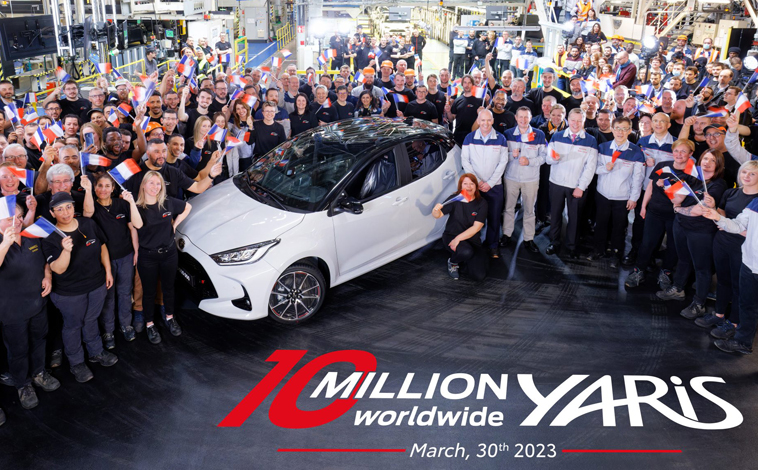
Yaris celebrates 10 million global sales
The ever-popular, multi-award-winning Yaris nameplate has reached 10 million cumulative worldwide sales, performance [...]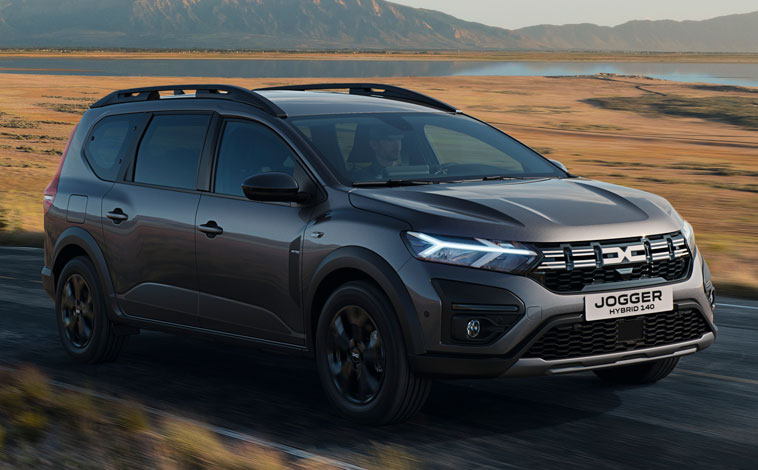
Dacia Jogger gains hybrid technology
Dacia has opened orders and confirmed full UK pricing and specifications for its [...]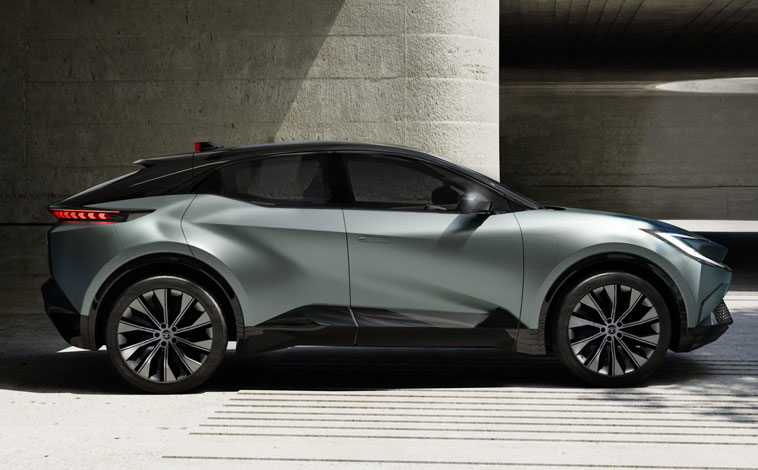
A look at Toyota’s electric concept SUV
The Toyota bZ Compact SUV Concept has made its European debut, giving a [...]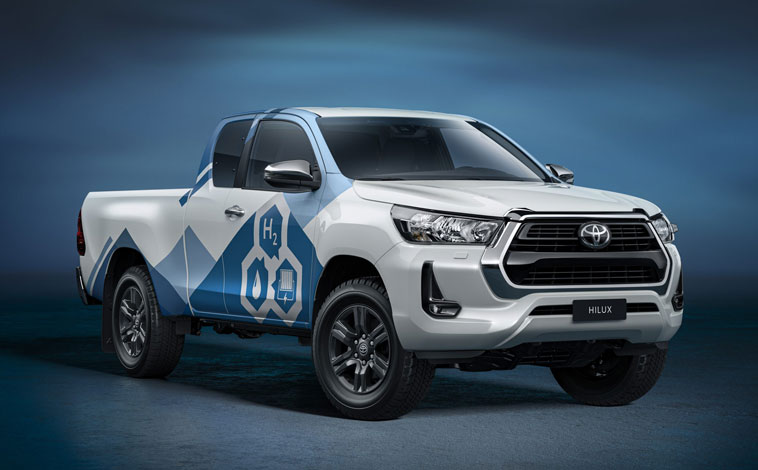
A hydrogen-powered Toyota pick-up
D2H Advanced Technologies is working as part of a consortium of leading British [...]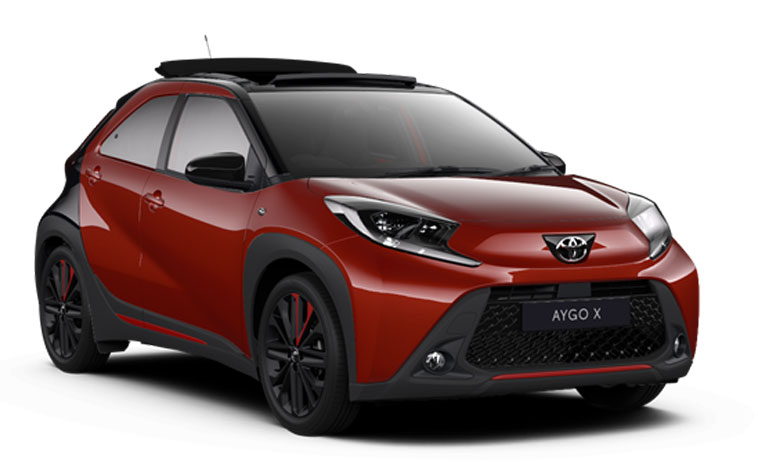
Open-top fun with new Aygo X model
Aygo X, Toyota’s muscular mini-SUV, opens up to the great outdoors with a [...]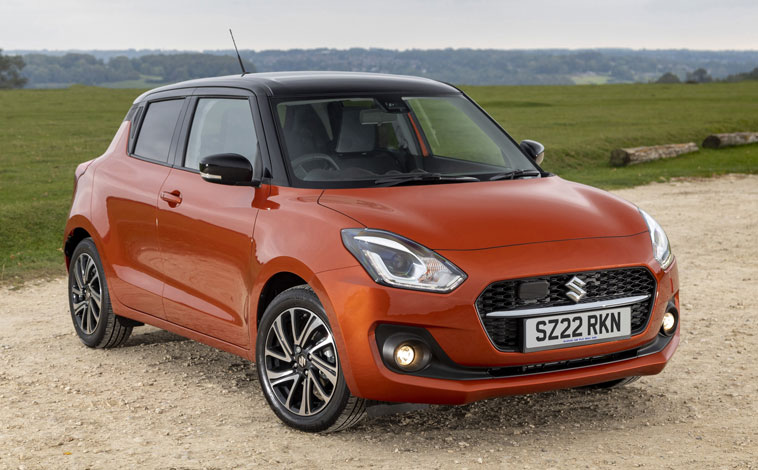
Suzuki makes life easy for customers
Suzuki is one of very few brands that offers hybrid technology as standard [...]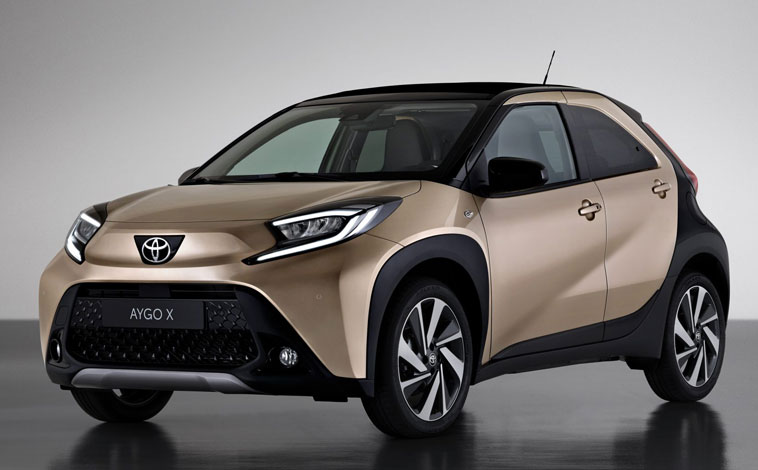
Introducing the striking Toyota Aygo X
Hot on the heels of its world premiere, the all-new Toyota Aygo X [...]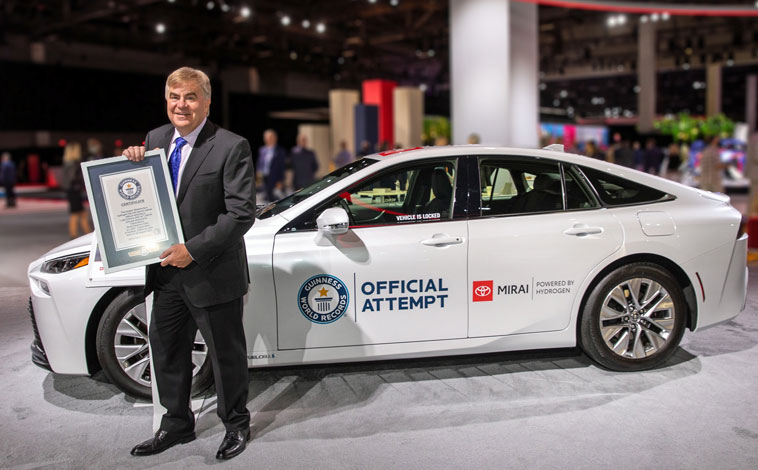
Toyota Mirai sets a new world record
The new Toyota Mirai has set an official Guinness World Records title for [...]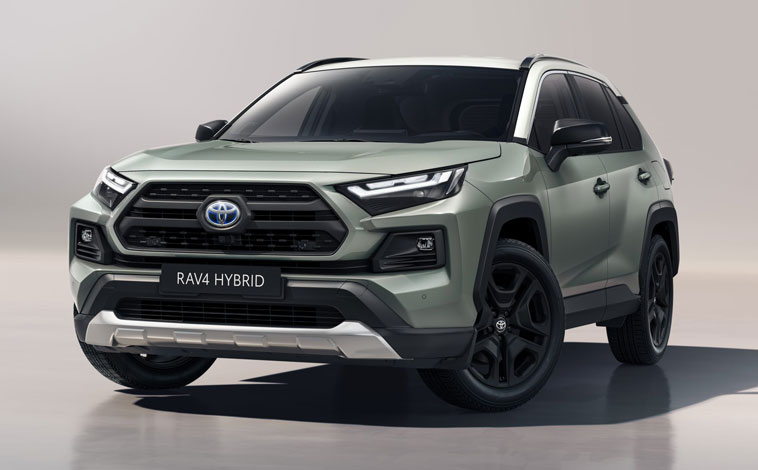
Toyota RAV4 goes on an Adventure
Toyota is widening the authentic SUV appeal of the RAV4 with the introduction [...]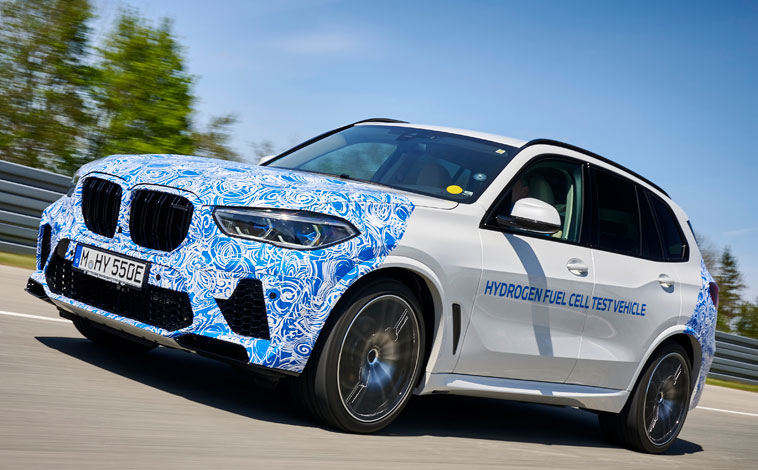
BMW begins hydrogen fuel cell testing
The BMW Group is beginning to test near-standard vehicles with a hydrogen fuel [...]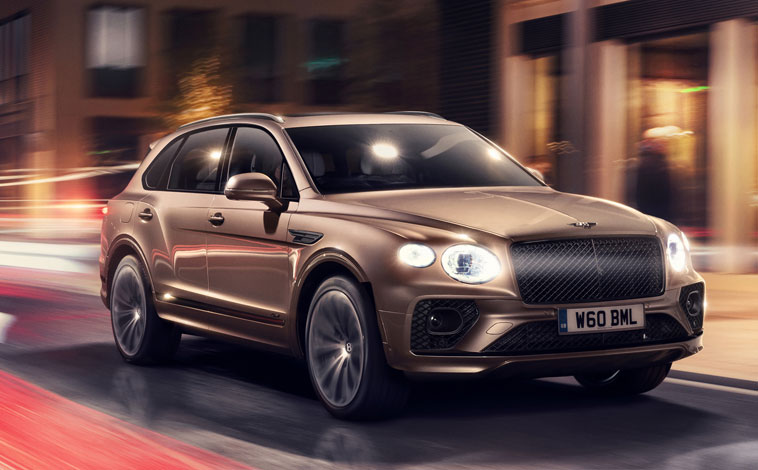
Bentley Bentayga Hybrid on sale in UK
The Bentley Bentayga Hybrid is available to order for customers in the UK [...]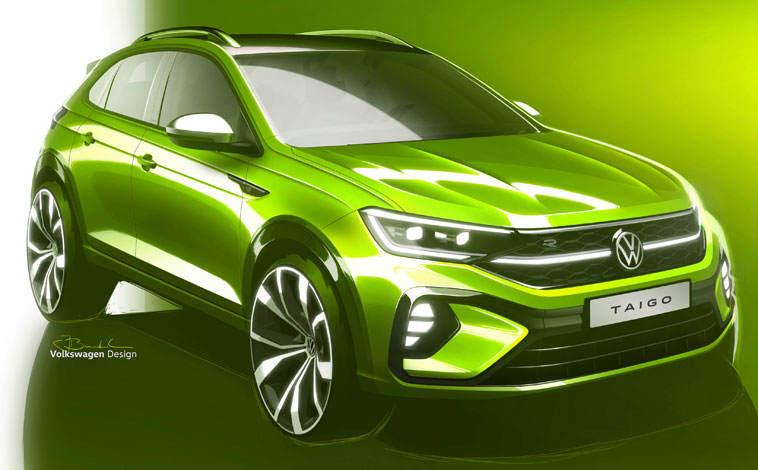
Introducing the all-new VW Taigo
Volkswagen has revealed the name of its new crossover model ahead of its [...]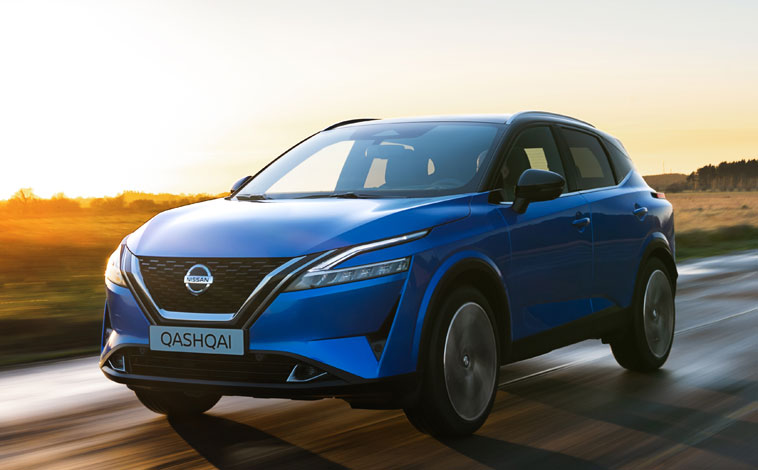
All-new Nissan Qashqai breaks cover
Nissan has reinforced its position as the leader in the European crossover segment [...]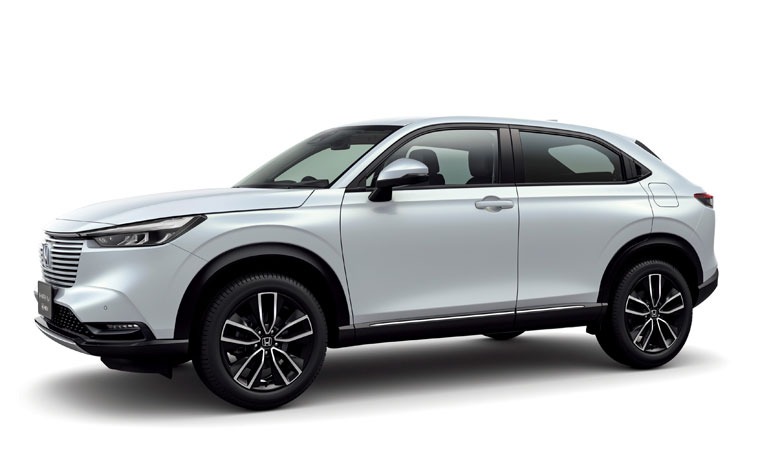
New Honda HR-V has hybrid efficiency
Honda has unveiled the latest generation of its popular HR-V compact SUV, available [...]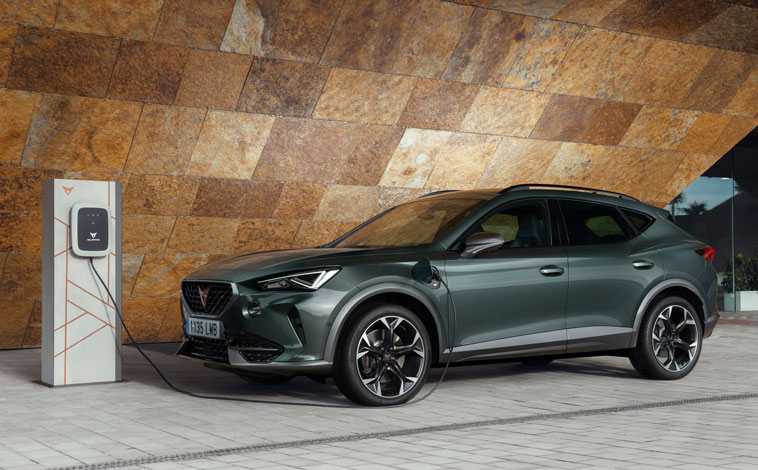
CUPRA electrifies its new flagship SUV
CUPRA is adding to its growing range of electrified performance vehicles by opening [...]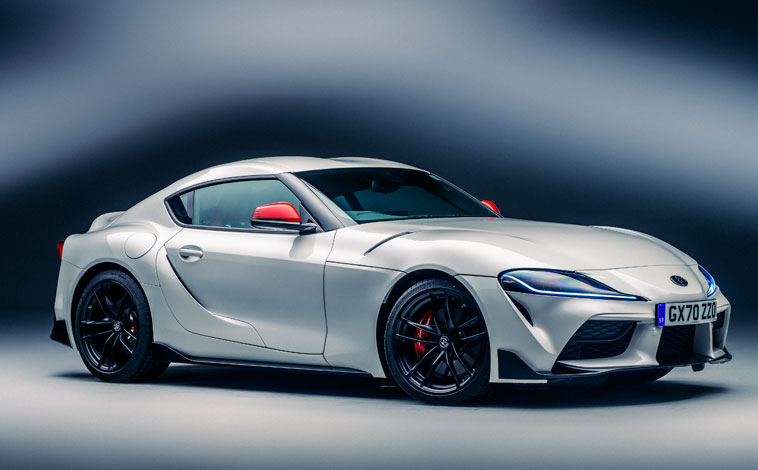
Toyota extends its Supra model line-up
Toyota’s GR Supra performance coupe line-up is growing with the introduction of a [...]Related Reviews
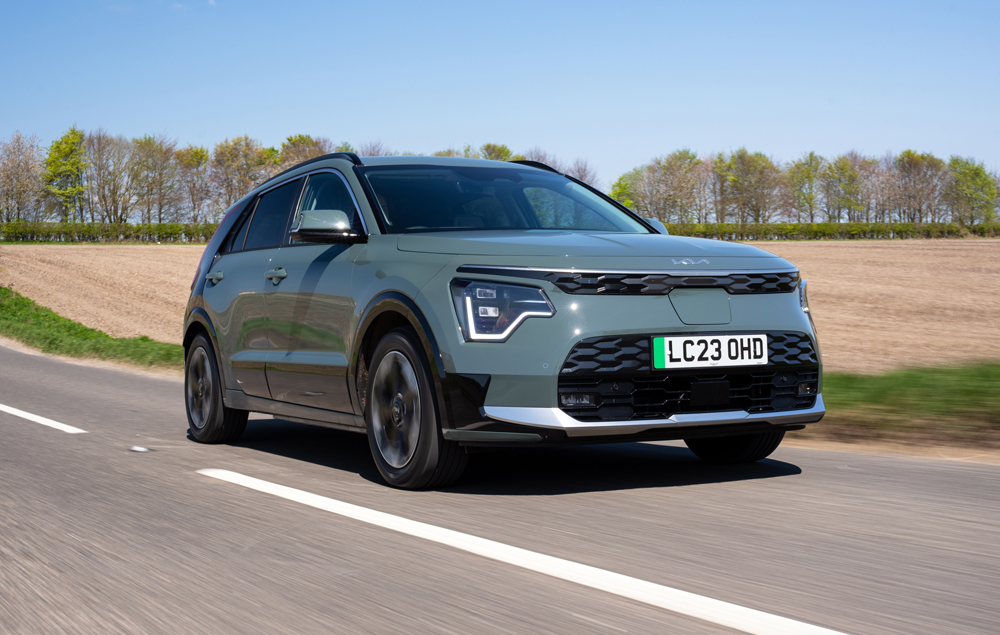
Kia Niro
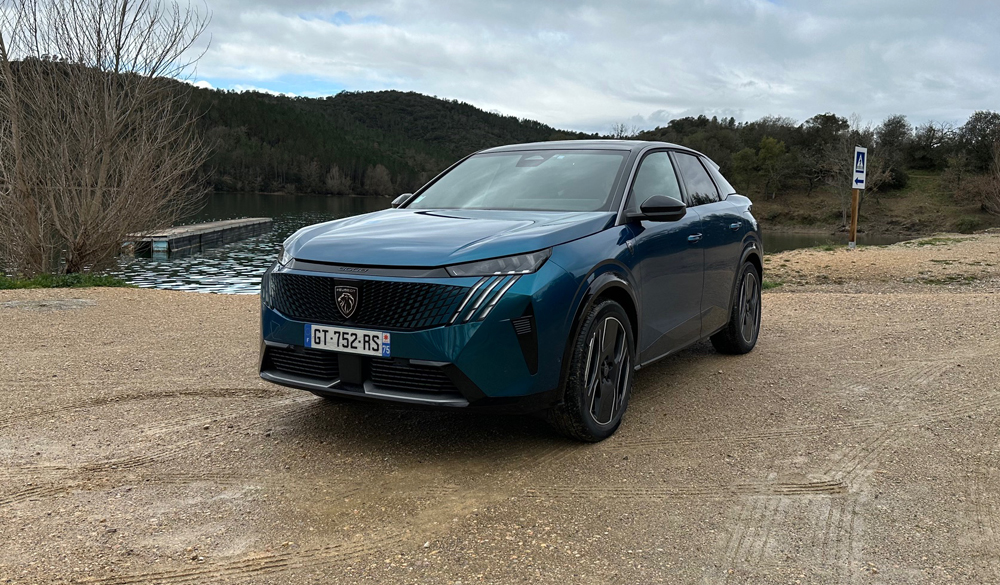
Highlighted Peugeot 3008/E-3008
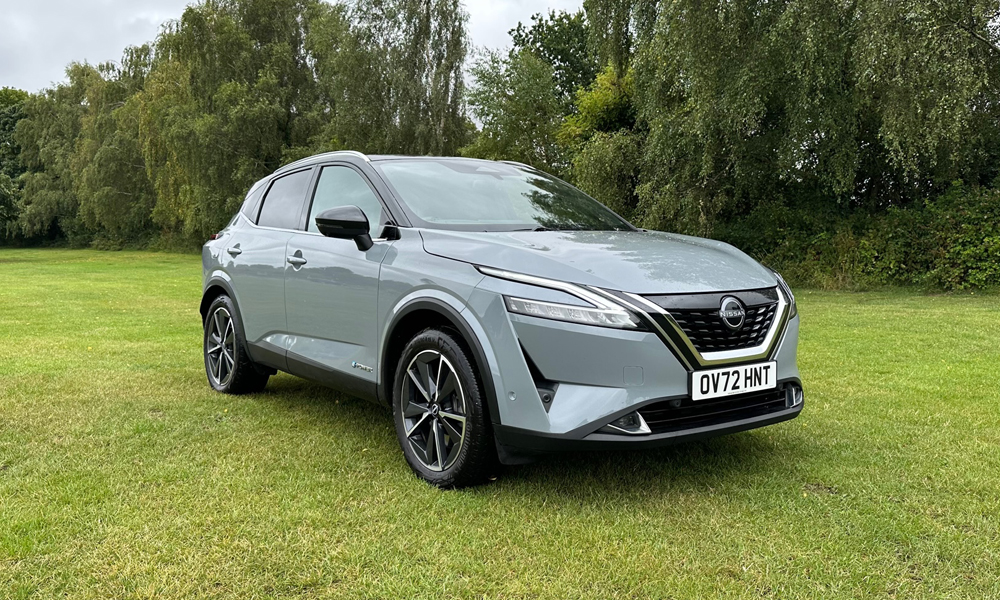
Nissan Qashqai
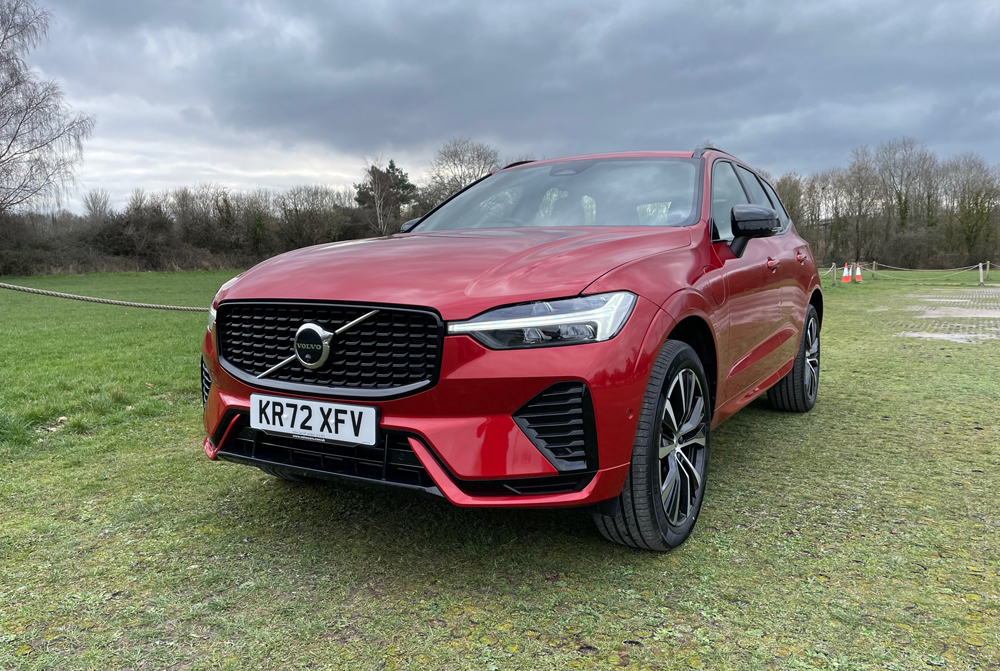
Volvo XC60
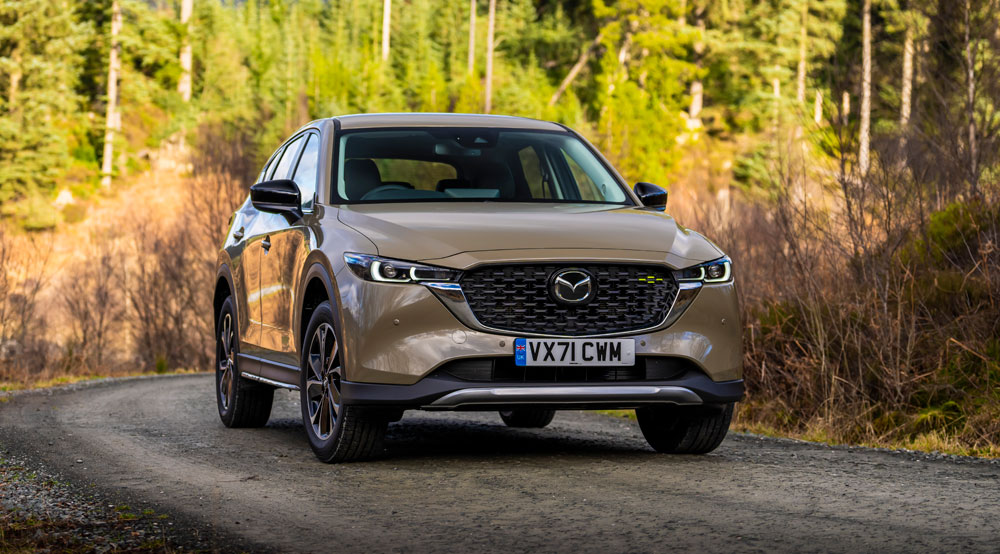
Mazda CX-5
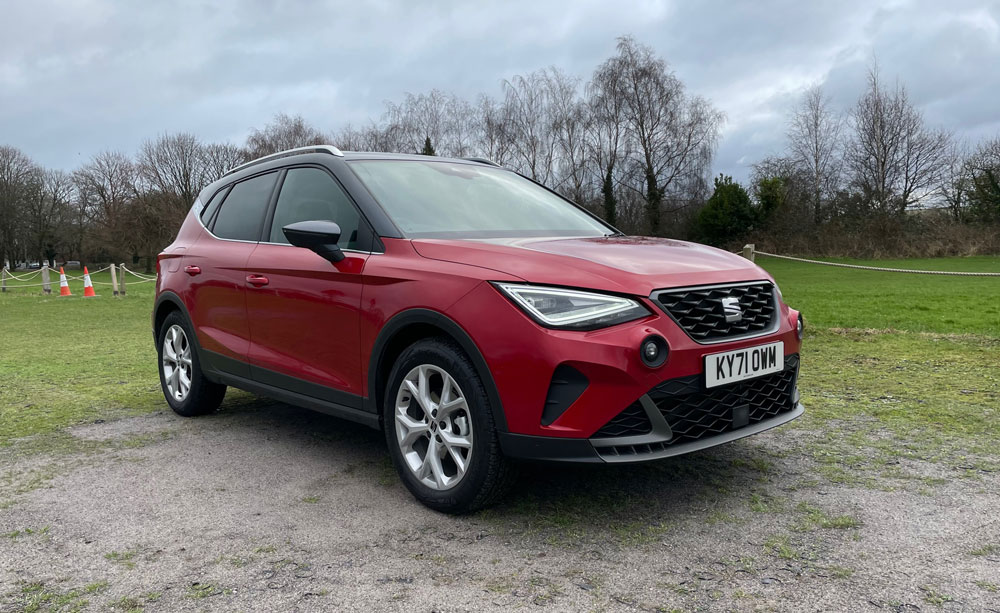
SEAT Arona
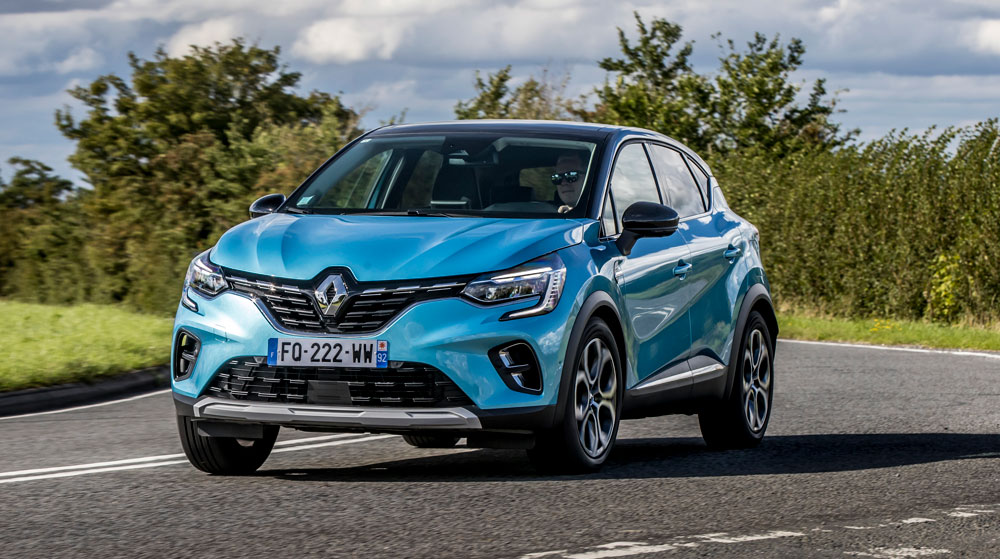
Highlighted Renault Captur
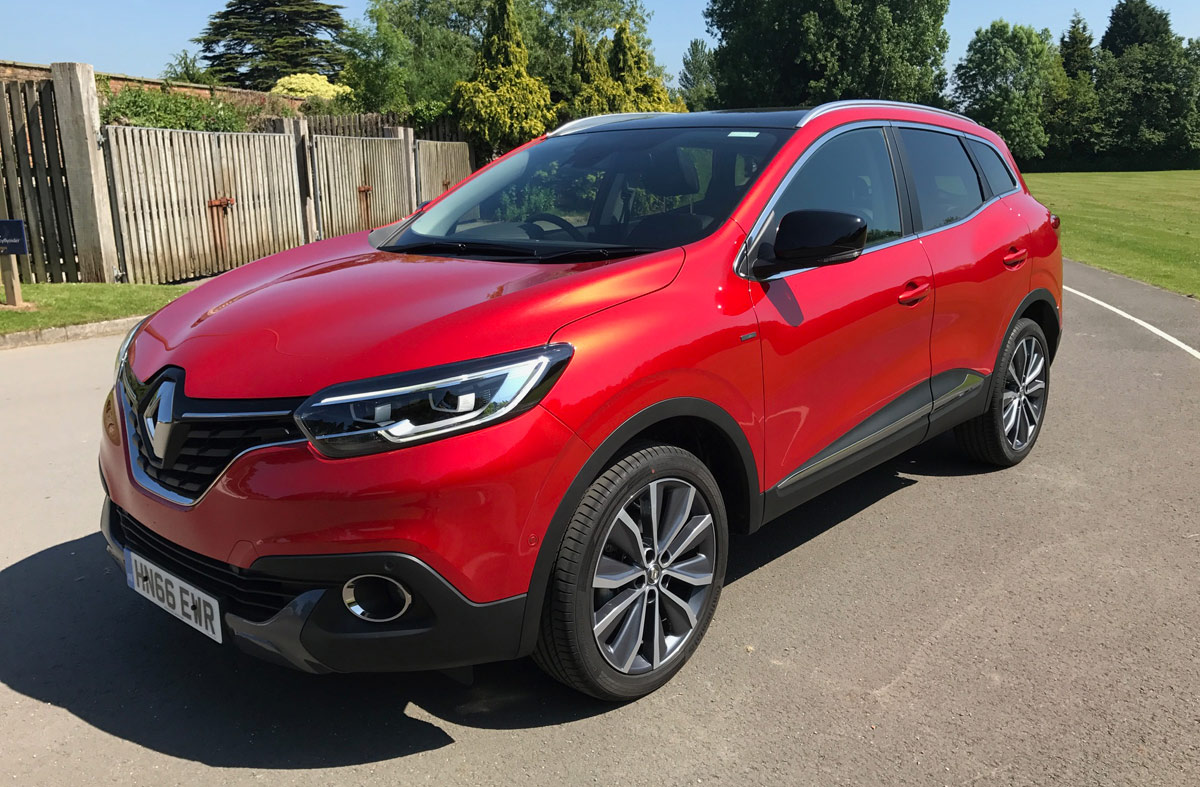
Renault Kadjar
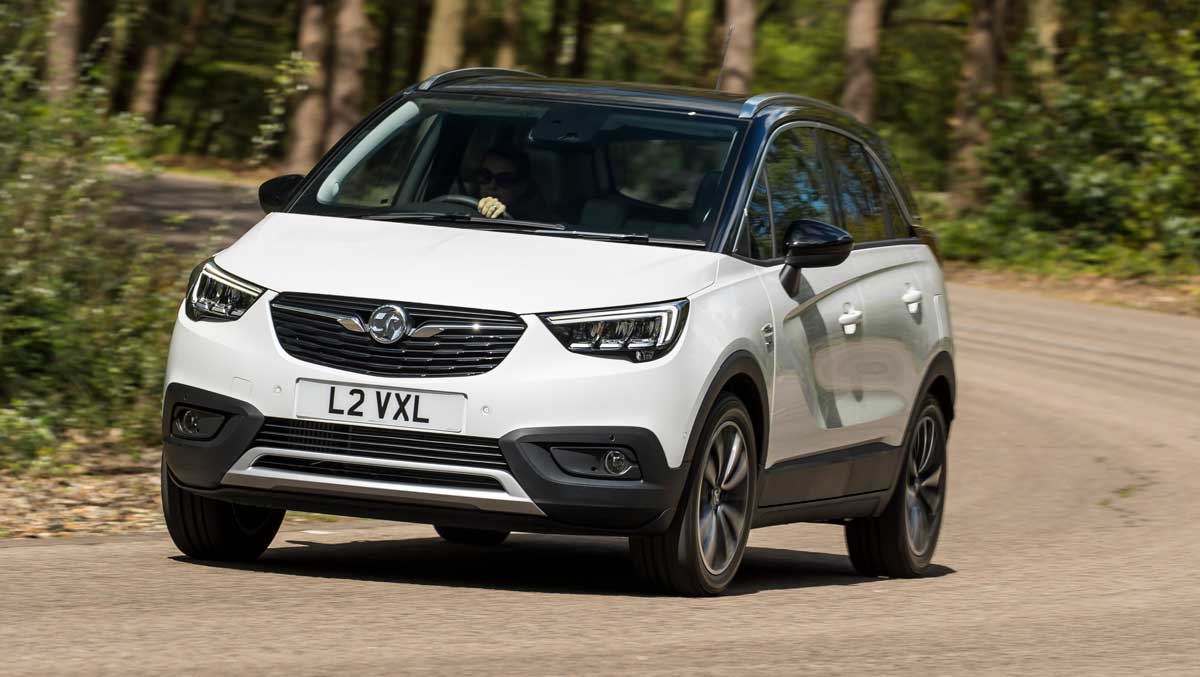
Vauxhall Crossland X
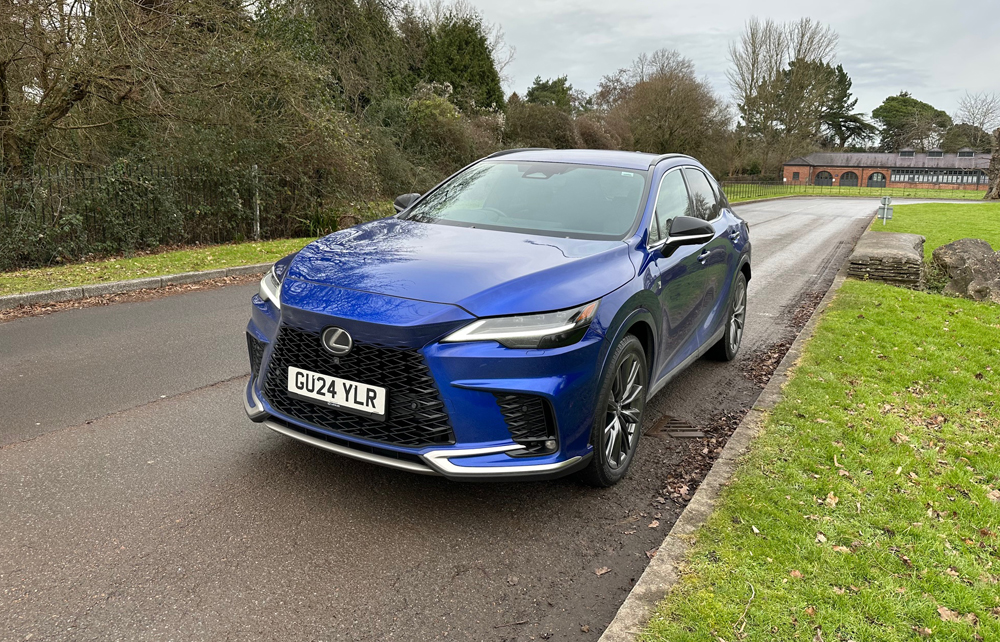
Lexus RX
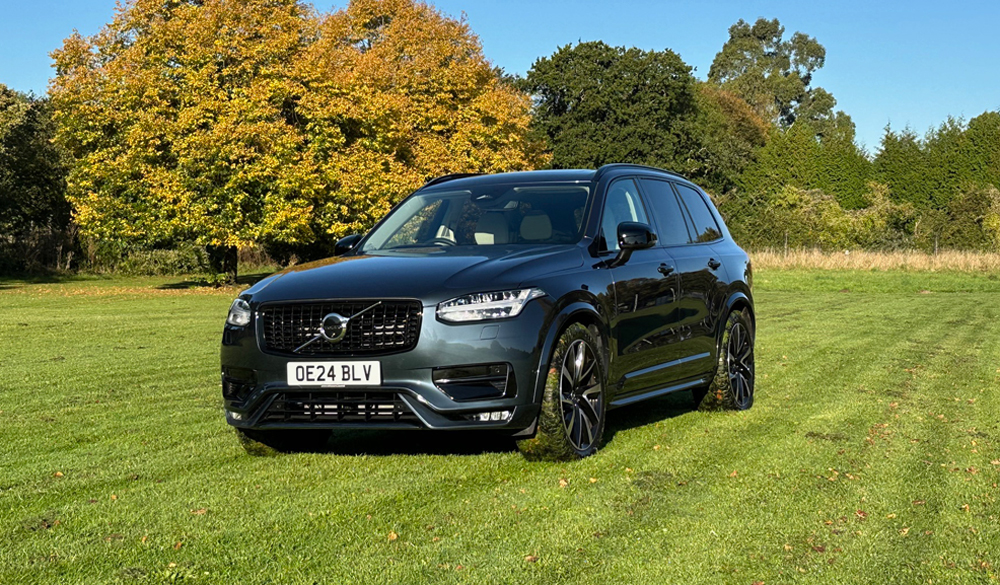
Volvo XC90
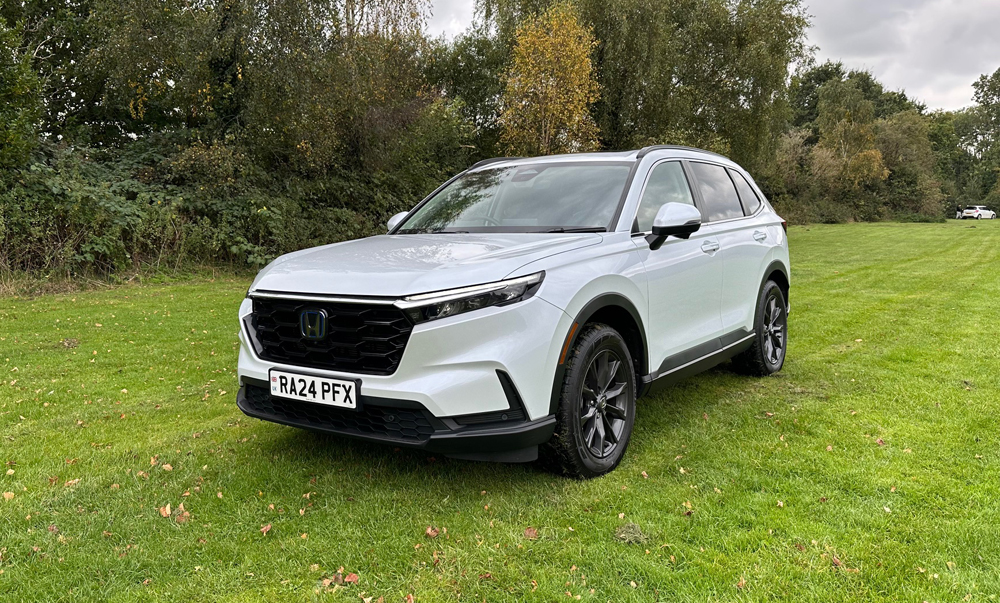
Honda CR-V

Kia Niro
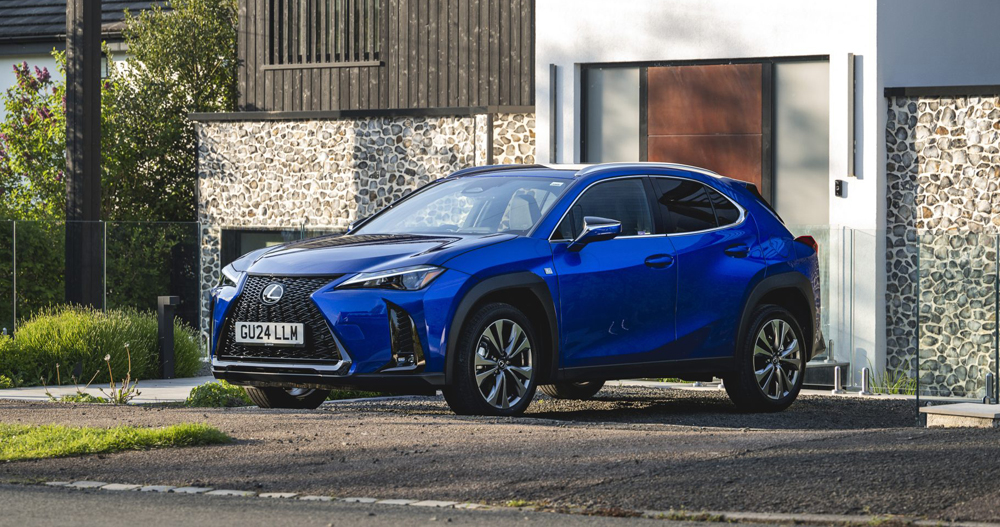
Highlighted Lexus UX
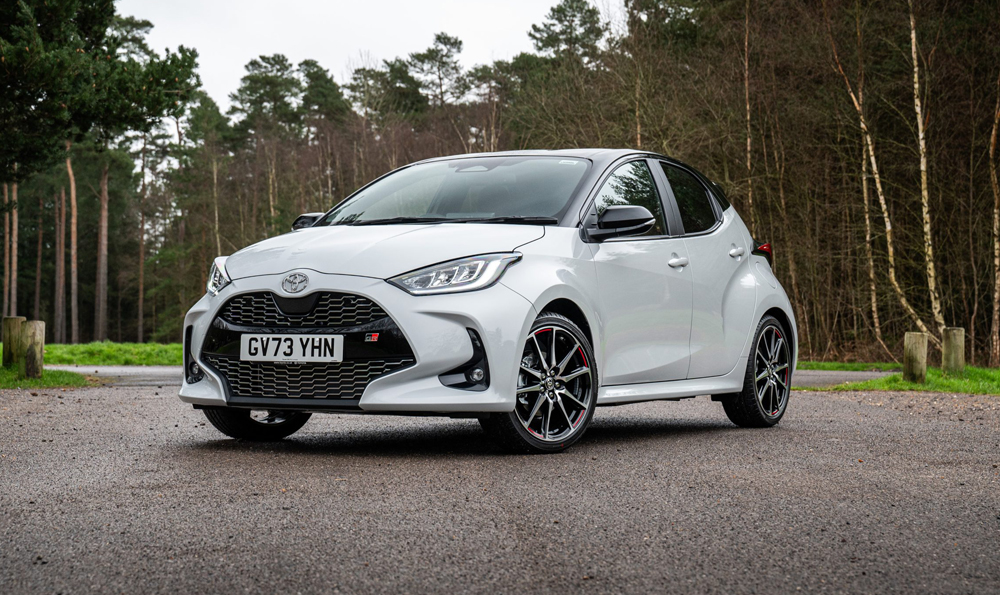
Toyota Yaris
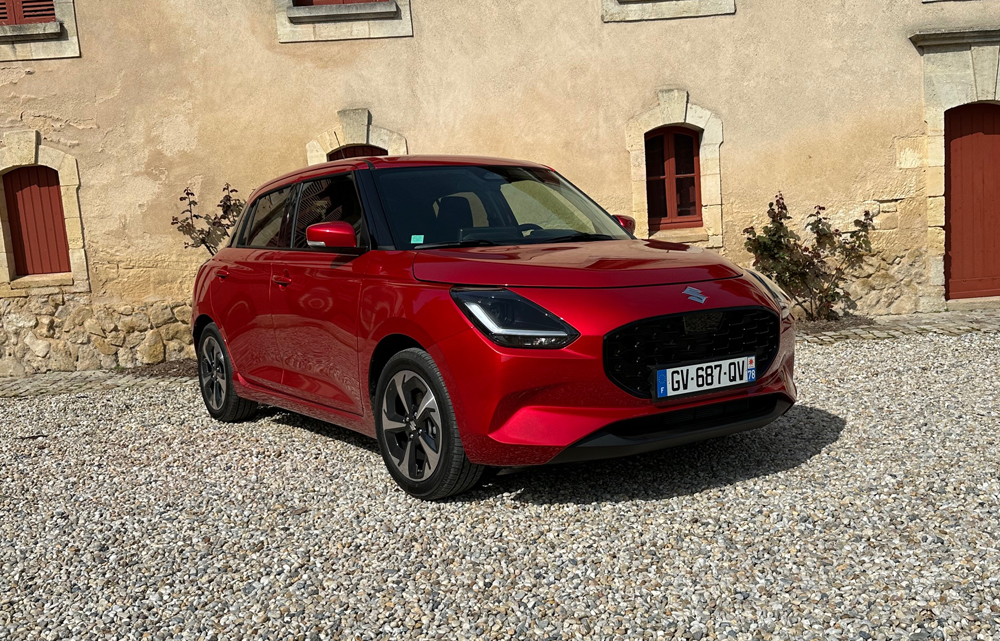
Highlighted Suzuki Swift
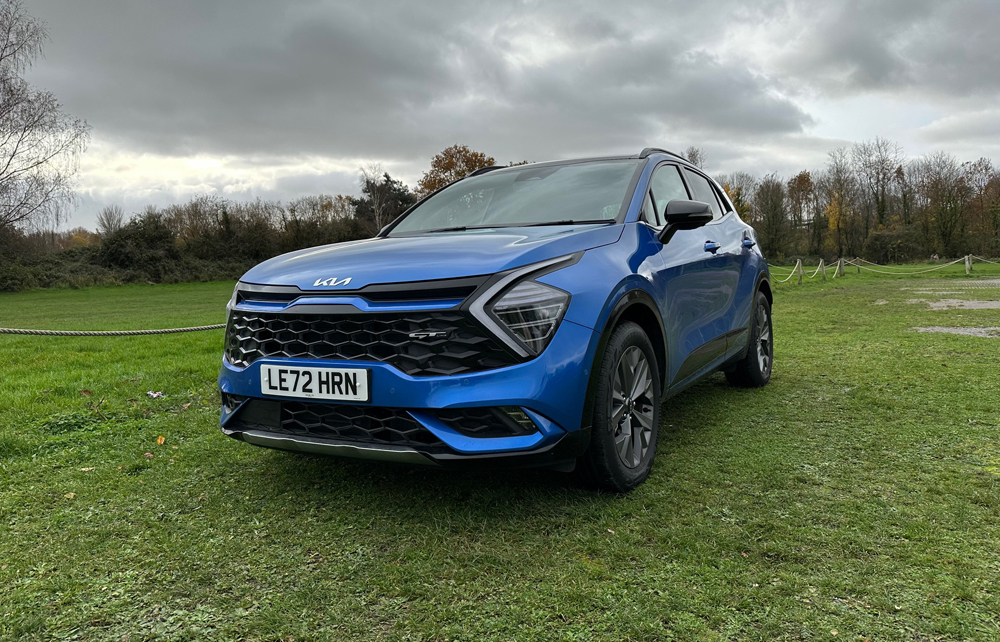
Kia Sportage
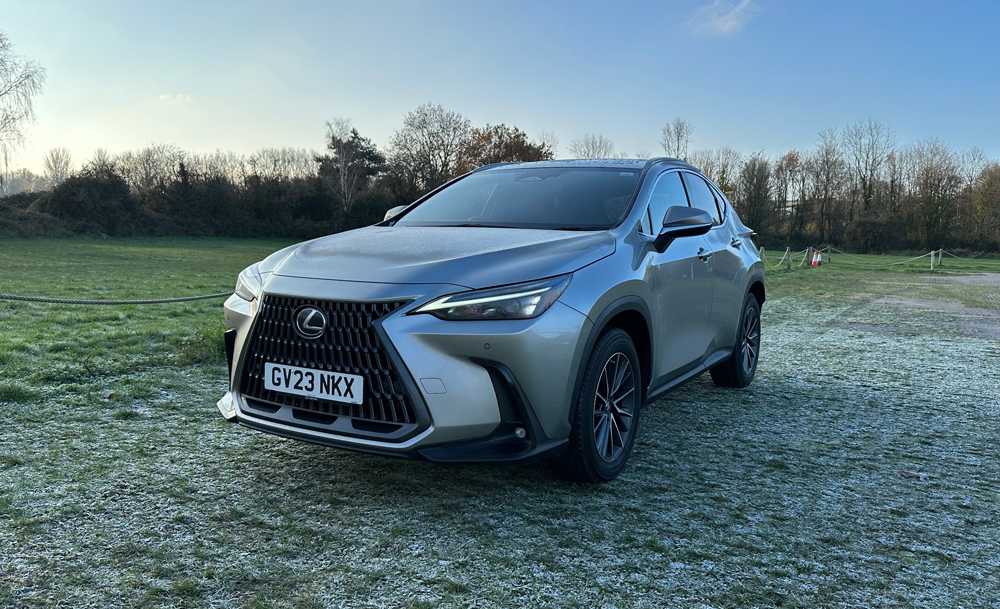
Lexus NX
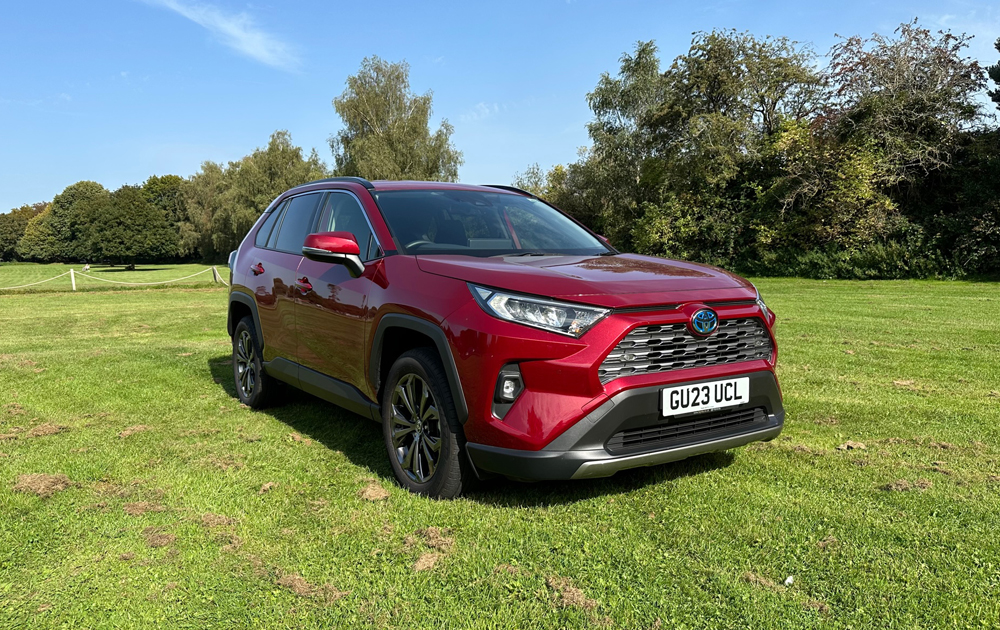
Highlighted Toyota RAV4
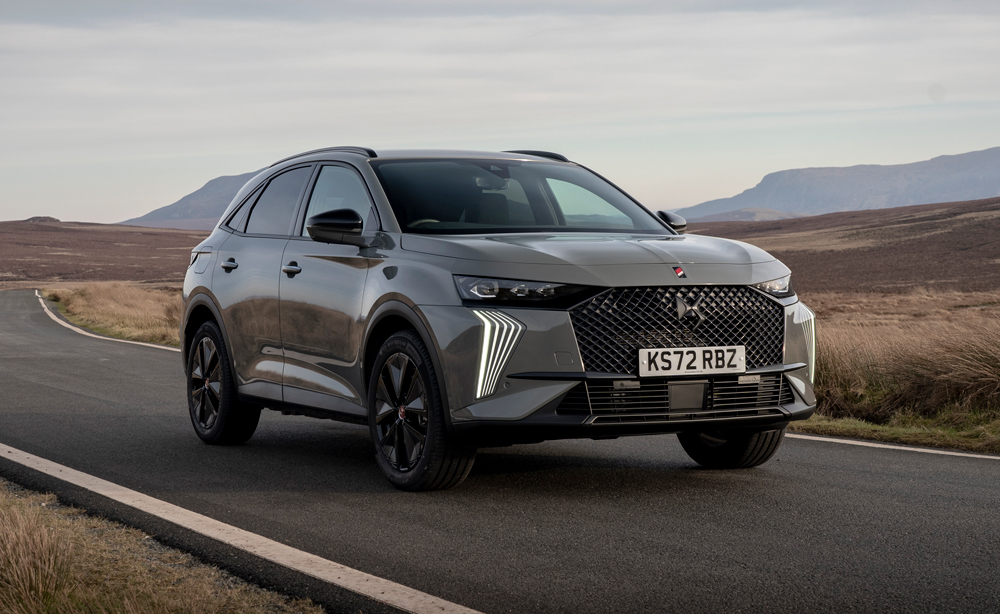
DS Highlighted DS 7
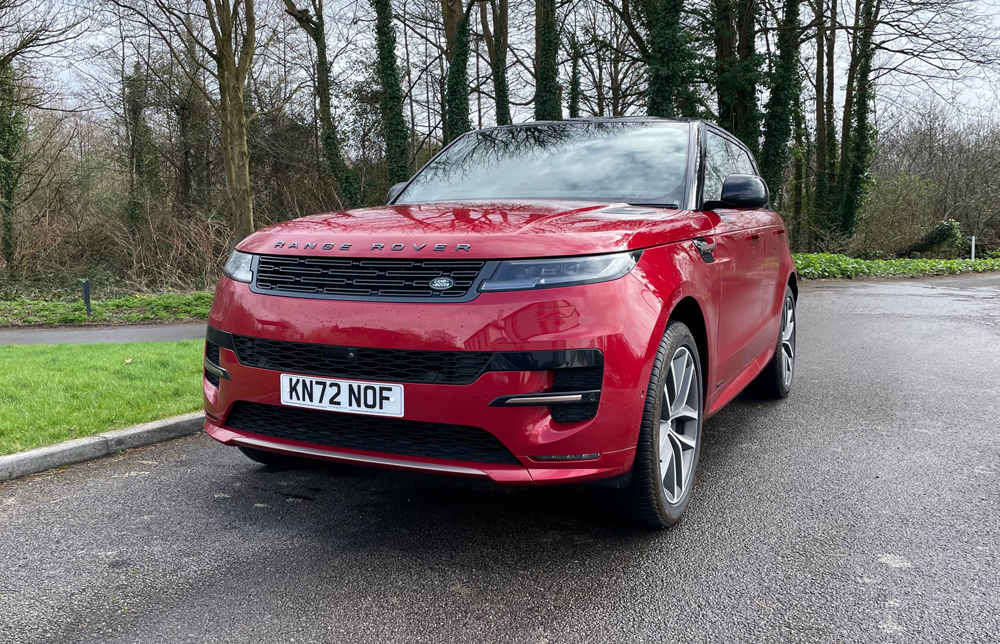
Land Rover Range Rover Sport
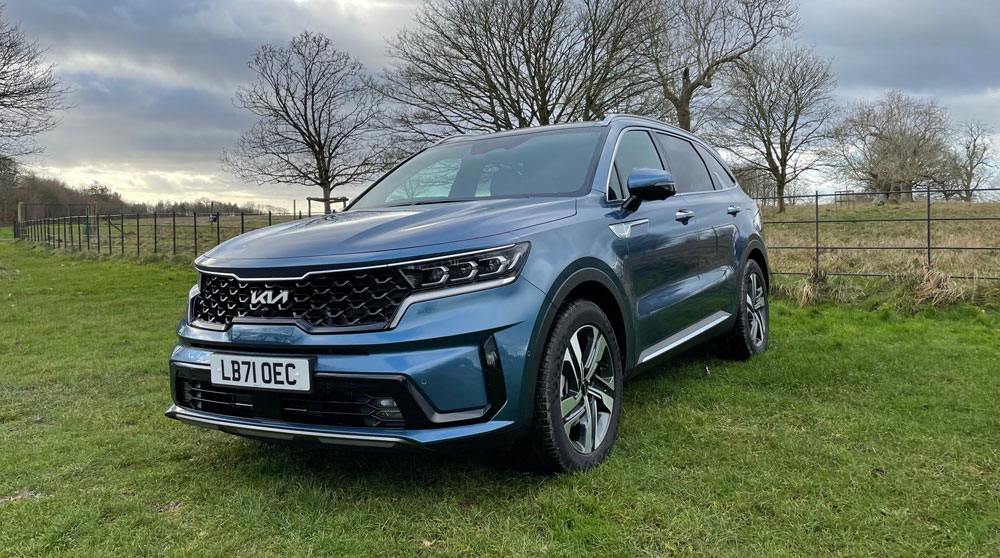
Kia Sorento
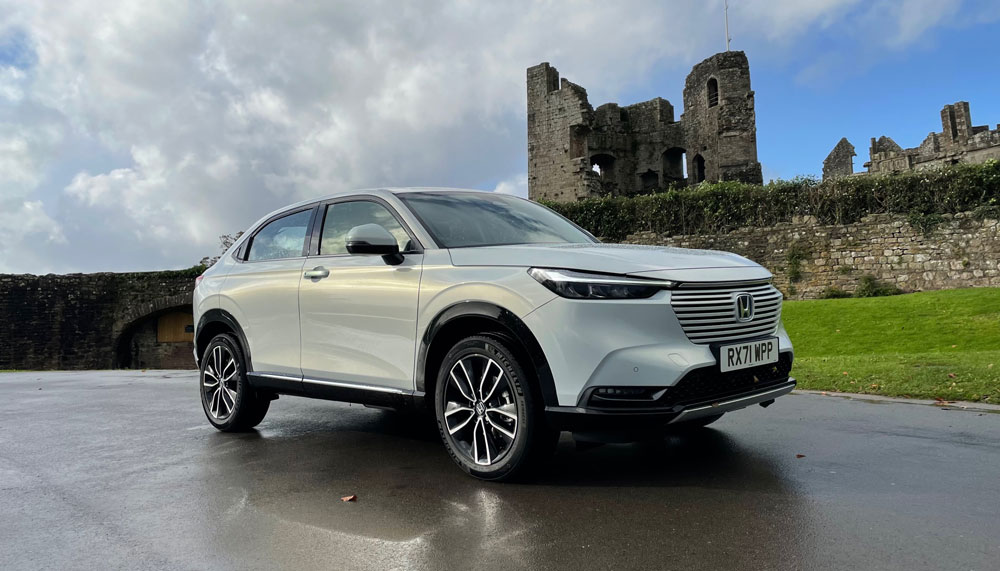
Honda HR-V
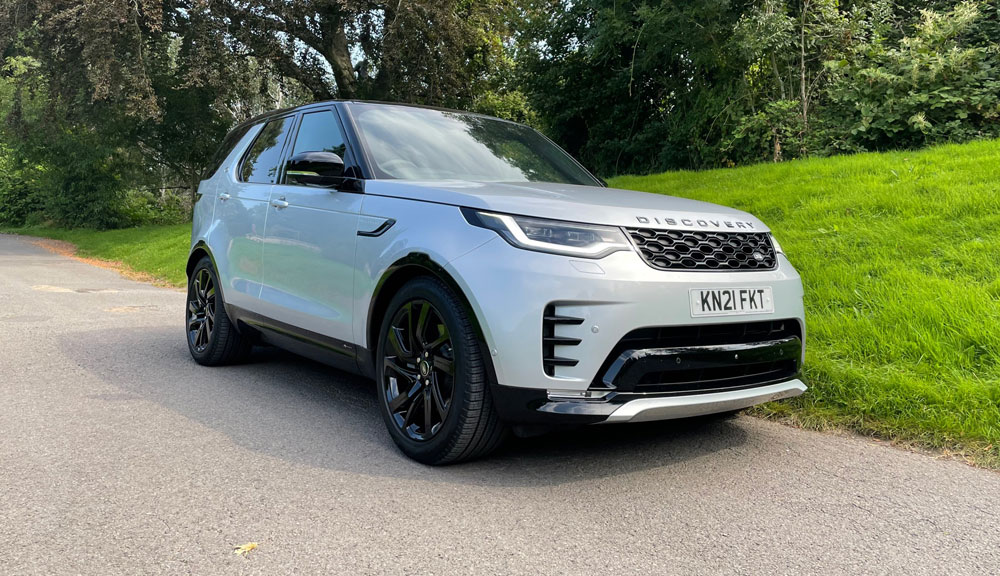
Land Rover Discovery
